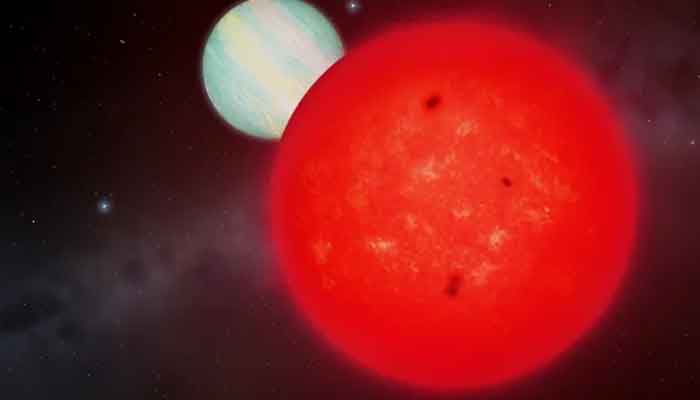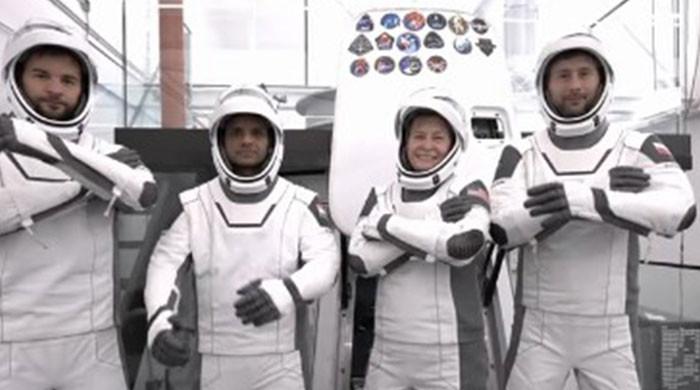Small star birthed giant exoplanet, but scientists don't know how
Only around 1.5% of red dwarfs have gas giant planets, according to statistical research
June 05, 2025

By coexisting with a massive exoplanet, a small red dwarf star is challenging our knowledge of how planets form, much like a family with tall children and short parents.
Since our solar system contains four giant planets, giant planets are not inherently rare. However, the smallest stars, known as red dwarfs, are rarely surrounded by such massive worlds. There shouldn't be enough material in red dwarfs to create such massive worlds, reported Space.com.
Well, tell that to TOI-6894, a red dwarf star 238 light-years below Earth. Even though it only has 20% of the mass of the sun, it is home to TOI-6894b, a gigantic planet that is slightly larger than Saturn but only has roughly half of its mass.
Only around 1.5% of red dwarfs have gas giant planets, according to statistical research, hence TOI-6894 is a very uncommon species. Furthermore, it is 60% less massive than the next lowest-mass star with a gas giant, making it by far the least massive star with a large planet in orbit.
It was challenging to locate this new planet in data from Nasa's Transiting Exoplanet Survey Satellite (TESS) since such worlds surrounding red dwarfs are extremely rare. In the system's name, the "TOI" stands for "TESS object of interest.")
"I originally searched through TESS observations of more than 91,000 low-mass red dwarf stars looking for giant planets," Edward Bryant of the University of Warwick, who led the discovery, said in a statement.
But according to the statement, "We don't really understand how a star with so little mass can form such a massive planet," said Vincent Van Eylen, a team member from University College London's Mullard Space Science Laboratory.











